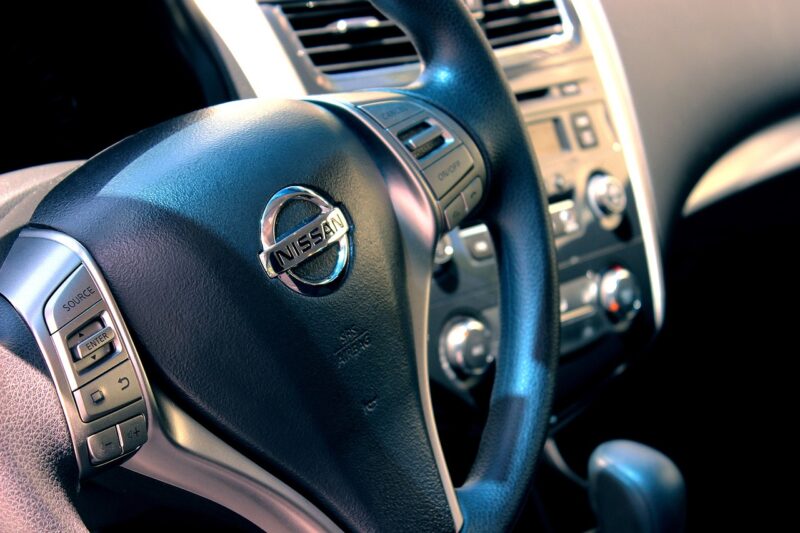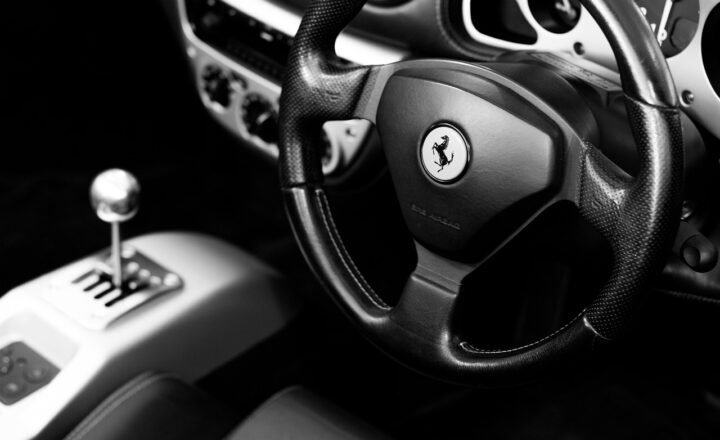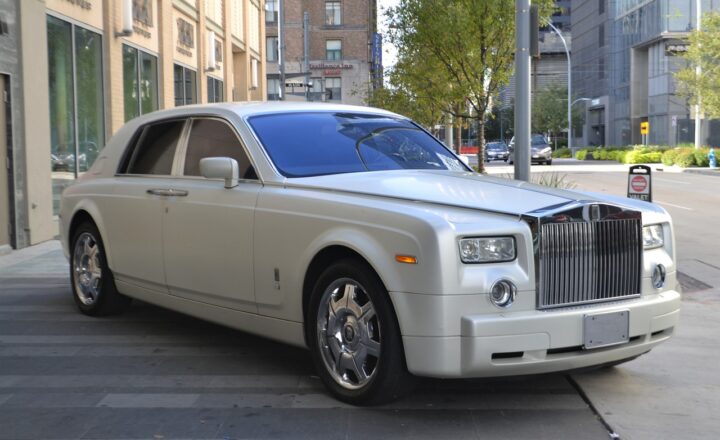
The Nissan 300ZX is not just any sports car; it represents a golden era of automotive engineering and design that emerged from Japan in the late 1980s to early 1990s. Known for its sleek lines, impressive performance, and turbocharged models, the 300ZX has captivated car enthusiasts for decades. In this article, we will explore the features, history, and legacy of the Nissan 300ZX, examining why this car continues to be cherished by collectors and nostalgic drivers alike.
1. A Brief History of the Nissan 300ZX
The Nissan 300ZX made its debut in 1983 as part of Nissan’s Z-series, succeeding the older 240Z and 260Z models. Designed to be both a practical sports car and a luxury vehicle, the 300ZX quickly gained fame for its unique combination of performance and comfort.
Introduced in various iterations over the years, the 300ZX was produced until 1996. The most notable version was the Z32, which ran from 1989 to 1996, boasting significant advancements in technology, design, and performance. This generation was characterized by its refined aerodynamics, a sophisticated suspension system, and the introduction of a 3.0-liter V6 engine that provided the perfect mix of power and efficiency.
In the early ’90s, Nissan took the 300ZX to new heights, offering both naturally aspirated and turbocharged versions that provided drivers with uncompromised performance on the road and track. As a result, the 300ZX quickly became revered by automotive enthusiasts and collectors alike.
2. Iconic Design and Style
The aesthetics of the Nissan 300ZX are a testament to 90s design philosophy. From its wide stance to its elongated proportions and curvy body lines, the 300ZX is a prime example of how style can intertwine with function.
The Z32 model featured an innovative design that included retractable headlights, a wedge-shaped silhouette, and aerodynamic enhancements that reduced drag. The sporty profile enhances the overall driving experience by giving it a futuristic look, which resonates with car aficionados from the decade.
Inside, the 300ZX was just as impressive. It offered a driver-focused cockpit with supportive, comfortable seats, analog gauges, and high-quality materials, creating an appealing environment for both casual drives and spirited road trips. The thoughtful placement of controls made it user-friendly for enthusiasts who wanted to feel connected to their driving experience.
3. Performance: The Heart and Soul of the 300ZX
At the heart of the Nissan 300ZX lies a 3.0-liter VG30DE V6 engine available in both naturally aspirated and twin-turbocharged configurations. The twin-turbo variant, producing around 300 horsepower and 283 lb-ft of torque, catapulted the 300ZX into the realm of true sports cars.
Engineered with precision, the turbocharged model featured a sophisticated intercooler setup and high-performance fuel injectors, allowing it to achieve remarkable speed and acceleration. This model zipped from 0 to 60 mph in under six seconds, putting it toe-to-toe with some of the best sports cars of its time.
Additionally, the 300ZX came equipped with advanced technologies like the Super HICAS system (High Capacity Actively Steered), which allowed the rear wheels to turn slightly in relation to the front wheels, enhancing handling and cornering performance significantly. This technology made the 300ZX a standout performer on both road and racetrack, giving it the reputation of a formidable sports car.
4. Legacy and Impact on Automotive Culture
The Nissan 300ZX holds an important place in the cultural landscape of 90s automotive history. As one of the pivotal sports cars of its generation, it helped elevate Japan’s reputation as a serious contender in the global sports car market. Enthusiasts celebrate the 300ZX for its combination of style, technology, and raw performance.
The vehicle has left an indelible mark on automotive sports culture, often appearing in racing games and films, capturing the imaginations of a new generation of car lovers. Car enthusiasts frequently recognize it in the tuning community, where owners modify and upgrade their cars to meet modern standards while retaining the original’s charm.
The extensive aftermarket support for the Nissan 300ZX ensures that it remains a popular choice for car enthusiasts who enjoy both customizing and preserving the iconic vehicle.
5. Collectibility and Market Value Today
As time passes, the Nissan 300ZX has transitioned from a contemporary sports car to a sought-after collector’s item. Many well-preserved models are now being appreciated for their unique status within the automotive world.
Factors influencing the collectibility of the 300ZX include:
- Condition: Models with low mileage and in excellent condition command higher prices in the collector market.
- Turbocharged Variants: The twin-turbo models are often more desired due to their performance capabilities.
- Limited Editions: Special edition models or unique color combinations can significantly increase value.
Many enthusiasts looking to restore or purchase a 300ZX often find local car clubs and online forums offering advice, resources, and guidance to help maintain these vehicles. As preservation efforts continue to grow, so too does the car’s legacy, cementing the Nissan 300ZX as an enduring symbol of 90s automotive excellence.
6. Conclusion: A Timeless Classic
The Nissan 300ZX represents more than just a sports car; it embodies a brilliant era of automotive design, performance, and technology that has captured the hearts of enthusiasts and collectors alike. Its unique blend of style, turbo power, and innovation has secured a permanent place in automotive history.
Whether you’re an admirer of Japanese engineering or simply appreciate beautiful sports cars, the Nissan 300ZX stands out as a timeless classic deserving every ounce of recognition. As we look back at its legacy, we can’t help but admire how this car paved the way for future generations, continuing to inspire modern car makers and enthusiasts alike.
If you have the chance to experience the thrill of driving a 300ZX, seize it; you’re not just entering a car but stepping into an iconic piece of automotive history.






